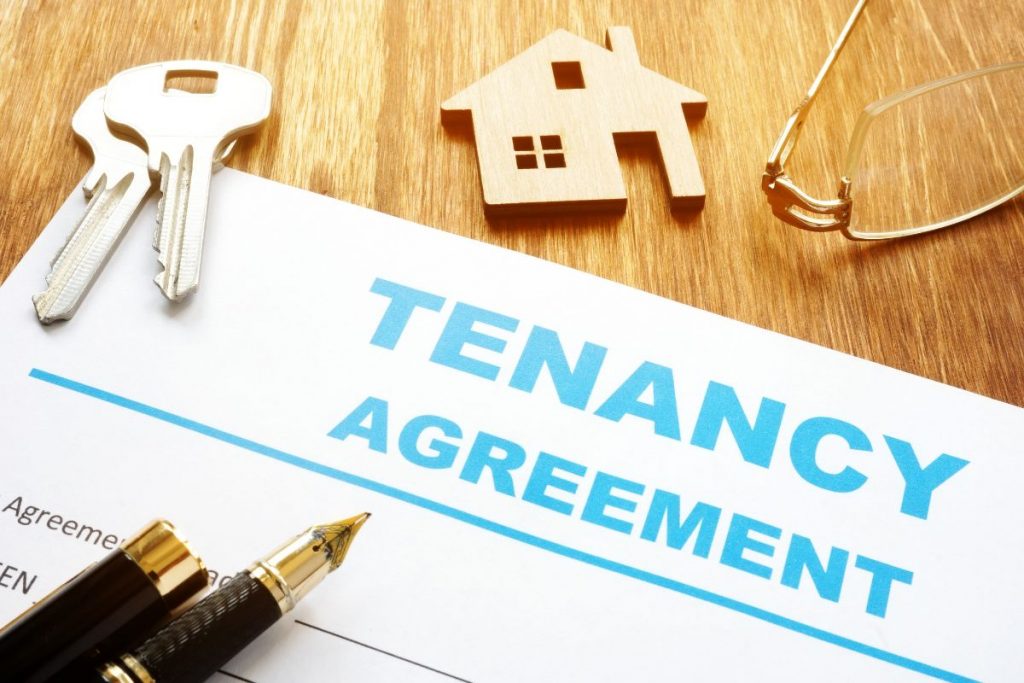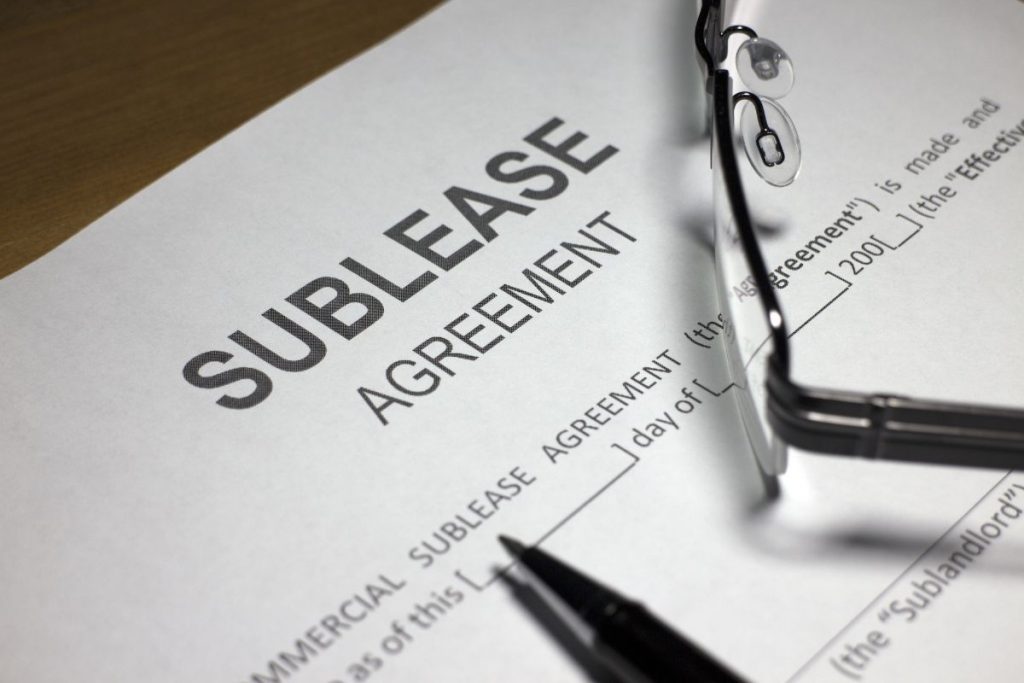It is uncommon for tenants in Dubai to sublet a rental home; yet, many tenants sublease properties in Dubai. This can happen for a variety of reasons, the most common of which is that the tenant’s circumstances have changed.
A tenant, for example, may choose to sublease a room if they are unable to pay the rent. Another cause for subleasing is when a tenant signs a 12-month lease but is unable to stay for the whole term and is unwilling to pay the penalty. Let’s go over the details of subletting in Dubai.
WHAT EXACTLY IS SUB-LEASING?

To provide context, it is necessary to first define sub-leasing. A sublet is a property lease given to a subtenant by a tenant. Simply put, it is when the renter rents out the property to a third party. This is common in the following situations:
- First, any agency that secures the master lease for the entire building and sublease apartments to tenants. As a result, each tenant in the building has a sublease agreement with the agency.
- The second scenario occurs when a current tenant sublets or rents the full or a portion of a rental property to a third party at any time throughout the period of the contract.
SUBLETTING IS LEGAL IN DUBAI.

Subleasing is governed in Dubai under Article 24 of Law No. 26 of 2007. Unless otherwise specified in the tenancy agreement, the tenant must seek the landlord’s written authorization before subleasing the property.
Furthermore, subletting a home in Dubai without the landlord’s written authorization is grounds for eviction, according to Article 25. Simply put, tenants are not permitted to sublease a home in Dubai unless expressly agreed upon in the tenancy agreement.
REQUESTING PERMISSION FROM THE LANDLORD
If not mentioned in the contract, renters must get a letter of authorization from their landlord. However, few landlords are willing to explore this alternative. There are several reasons why a landlord does not allow tenants to sublease in Dubai. These include being concerned that there may be problems with the subtenant or that the landlord does not believe the subtenant is as dependable as their tenant.
Please keep in mind that if the landlord authorizes subletting, the tenant is liable for any harm caused by subtenants.
WHAT IF TENANTS SUBLEASE WITH THE LANDLORD’S PERMISSION?
Subletting without the landlord’s permission is a violation of contract and unlawful in Dubai. In such a case, regardless of the contract’s expiration date, the landlord can lawfully terminate the tenancy lease agreement and evict the renter and sub-tenants from their property.
Furthermore, the renter may file a lawsuit in the form of a compensation claim against a tenant who sublets property in Dubai without consent from the landlord.
WHAT RIGHTS DO I HAVE TO SUBLET FROM ANOTHER TENANT?

In the event of a legally enforceable sublet, the subtenant has the same tenancy rights as the original tenant. To raise rent, for example, a landlord must provide subtenants 90 days’ notice and base the increase on the rental index calculator.
Furthermore, the eviction rules and legislation that apply to renters also apply to sub-tenants. This will, however, only occur if a legally binding sublease with an approval-to-sublet clause and written consent is in place. Subtenants’ rights are limited if there is no formal sublease agreement, and the landlord can evict them at any moment.
WHAT SUBLEASE OPTIONS DO TENANTS IN DUBAI HAVE?
Many landlords are kind. That is why speaking with the landlord to see if something can be worked out should not be ruled out. For example, if a subtenant causes an issue, the original tenant might transfer the lease to another tenant.
If the option of transferring the lease to another renter isn’t working out, the original tenant may be better off breaking the lease if they can pay the penalties mentioned in the contract.
If you don’t need to rent the property for a complete year, the initial renter might request a sublease contract from the landlord before signing the contract.








